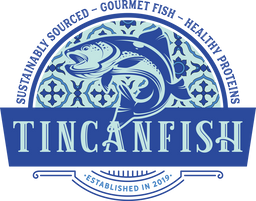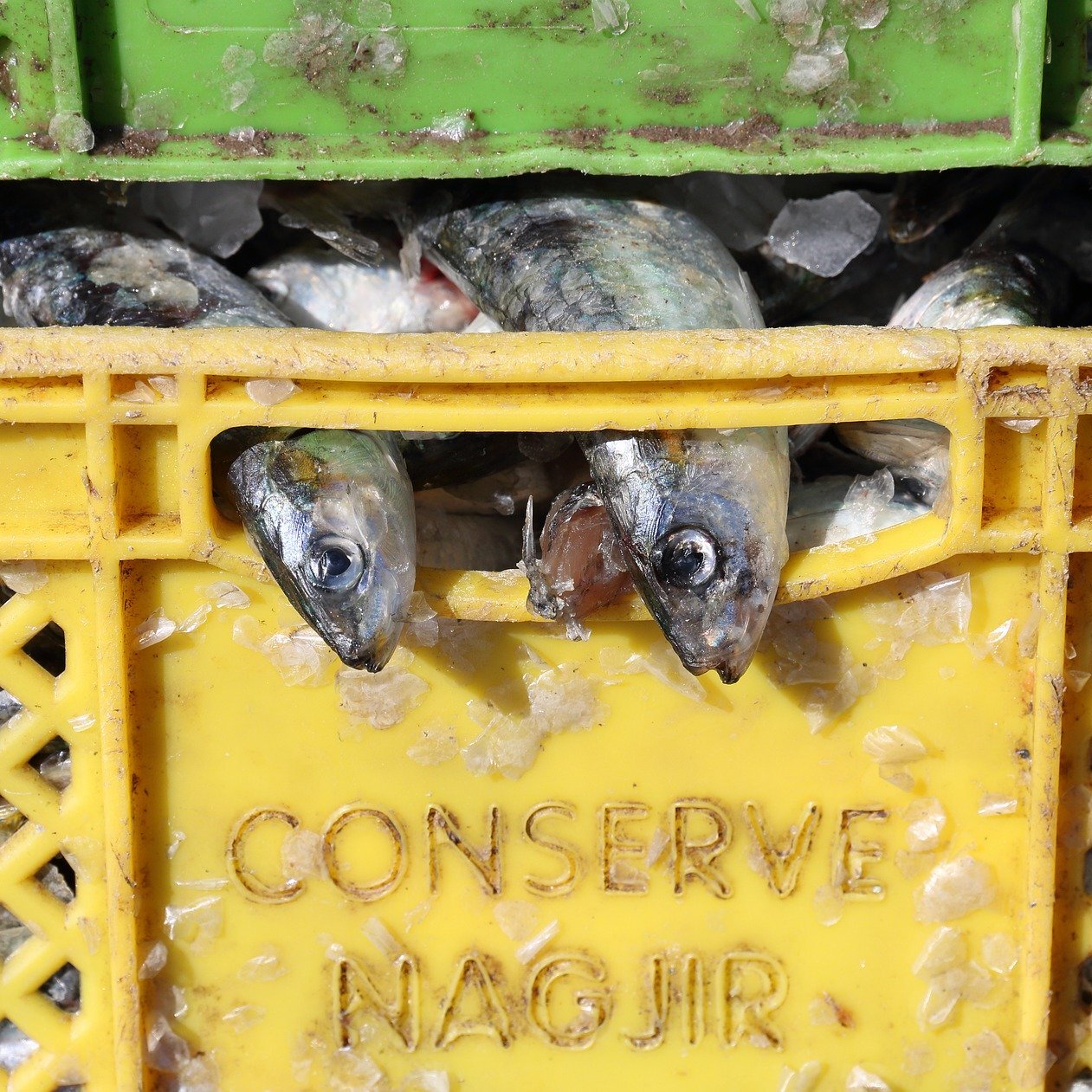(NOTE: nothing in this article should be construed as health advice. Ask your physician if you have questions.)
Humans have been fishing almost as long as Homo sapiens have existed. This shouldn’t be surprising as roughly 70% of the world’s surface area is water and about 40% of the human population lives along oceanic coastlines. As of 2018, 20% of animal protein came from fish for a whopping 3.2 billion people. Needless to say, marine life and fish, specifically are a vitally important part of the world’s food source, ecosystem, and economy.
One type of fish, sardines, are an extremely common catch in many places around the world. Over the last ten years, roughly 3.5 million tons of sardines have been caught on average every year. This is roughly seven billion pounds. For comparison, the US salmon catch in the state of Alaska broke one billion pounds for only the third time since 1975 last year. 
These numbers indicate that the world eats literally tons of salmon every day. Are these fish sustainable? Are they healthy? Today we’ll look at what modern science has to say about the answers to both questions.
What Are Sardines?
Before we can understand the effects and results of sardine fishing and consumption, we first need to understand what exactly sardines are. Somewhat similar to the term ‘salmon’, ‘sardine’ doesn’t refer to a specific species of fish, but rather to a larger grouping. In this case, it specifically refers to a biological family: Clupeidae. This family contains roughly 55 genera and 198 individual species.
Sardines are typically small, oily fish. The term ‘sardine’ originates from the Greek region of Sardinia, where the fish allegedly used to be commonplace. They normally range from 2 to 75 cm in length and live in schools of up to 200,000 individuals.
Sardines live in many of the world’s oceans. They are often commercially caught in the Atlantic Ocean, Pacific Ocean, and the Mediterranean Sea. Countries that have large commercial fisheries include Spain, Portugal, Italy, the United States, Canada, and England. 
Sustainability of Sardines
Attempting to address the sustainability of sardine fishing is an extremely difficult topic. Like most topics concerning sustainability and ecology, sardines do not exist in a vacuum. Their abundance, or lack thereof, is directly linked to a large multitude of variables. Let’s break down this complex topic into a few key areas to better assess the sustainability of sardine fishing.
Fishing Down the Food Web
In animal populations, the order of which organism eats which is often referred to as the ‘food chain’ or a ‘food web’. The specific position that an organism holds can be referred to as its ‘trophic level’. Generally, as we look to higher and higher trophic levels, organisms get larger and larger. For example, in a terrestrial (land-based) food chain, an eagle would reflect a higher trophic level than the mouse it consumes.
This concept was famously applied to fish and fisheries in a 1998 study produced by the University of British Columbia. The researchers open their article by stating “the mean trophic levels of the species groups reported… declined from 1950 to 1994.” In lay terms, they are saying that the fish caught in fisheries from 1950 to 1994 were declining in their ‘mean trophic level.’ This means that the fish that are being hauled in are getting smaller and smaller and that it is necessary to catch more and more of them to meet global demand.
This concept is often referred to as ‘fishing down the food web.’ Essentially, humans are catching so many big fish that there are fewer and fewer of them to catch. As a result, we need to catch the next biggest fish, then the next, so on and so forth. The researchers go on to say that ‘these results indicate that present exploitation patterns are unsustainable.’
Sardines and Lower Trophic Levels

So where do sardines fit into this picture? Firstly, the hunting and fishing of marine life of higher trophic levels are commonly illegal or highly regulated. Shark hunting or finning (the act of taking just the fins for sale) is illegal in over 20 countries. Whaling is generally illegal in most parts of the world, save for indigenous peoples. In 2019, Japan resumed commercial whaling and received international backlash.
These same types of regulations are applied to fish near the bottom of the trophic pyramid, like sardines. The Pacific sardine fisheries, caught largely by US fishing vessels, has experienced two collapses in recorded history. The fisheries were closed for 20 years in the 1970s. Once levels of sardines restabilized, the fisheries were reopened. But in 2015, the population experienced yet another collapse. Since then, Pacific sardine fisheries have been closed to commercial fishing.
The presence of these regulations, and their actual enforcement, is a testament to the attempted sustainability of sardine fisheries. While there absolutely is disagreement on the minimum tonnage of fish that must be present to resume fishing, regulations do exist. As further scientific knowledge about marine ecosystems is discovered, these regulations can be subject to change. In short, sardines may represent one of the least harmful types of fish catch available to the industry today, making them one of the more beneficial and sustainable fish.
Sardine Health Benefits
Americans are finally eating more fish. According to the FDA, this is a very good thing. They recommend that the average American intake two servings of fish per week. For quite some time, Americans have been wary of eating too much fish due to a fear of mercury poisoning. While this does present a concern for fish higher on the trophic scale, there is practically no evidence of this contamination in sardines, so eat up!
Why does the FDA recommend we eat fish twice a week? Because it is jam-packed with nutrients! According to the USDA, one 3.5 ounce serving of ‘sardines, canned in oil’ contains*:
- 191 calories, about as much as two granola bars
- 21 grams of protein, representing just under half of daily needs and more protein than the equivalent amount of lean beef!
- 35% of daily calcium
- 50% of daily iron
- Roughly 3-4x daily omega-3 fatty acids
*percentages are for an average adult male
The last item, omega-3 fatty acids, is a hot topic in nutrition currently. Omega-3 fatty acids are simply a class of lipid or fat. Evidence suggests that taking in the proper amount of this fatty acid can do wonders to help prevent heart disease. It is also of special importance because omega-3 are essential fatty acids. This means that our bodies cannot make them, we must ingest them from our diet.
The Verdict?
All in all, sardines represent one of the more sustainable, healthiest additions to your diet. They are abundant in the ocean, healthy on your plate, and won’t hurt your wallet too much either. If you’re convinced, check out some of these healthy recipes and start experimenting with sardines today!
Written by Patrick O'Hare on February 24, 2020.


